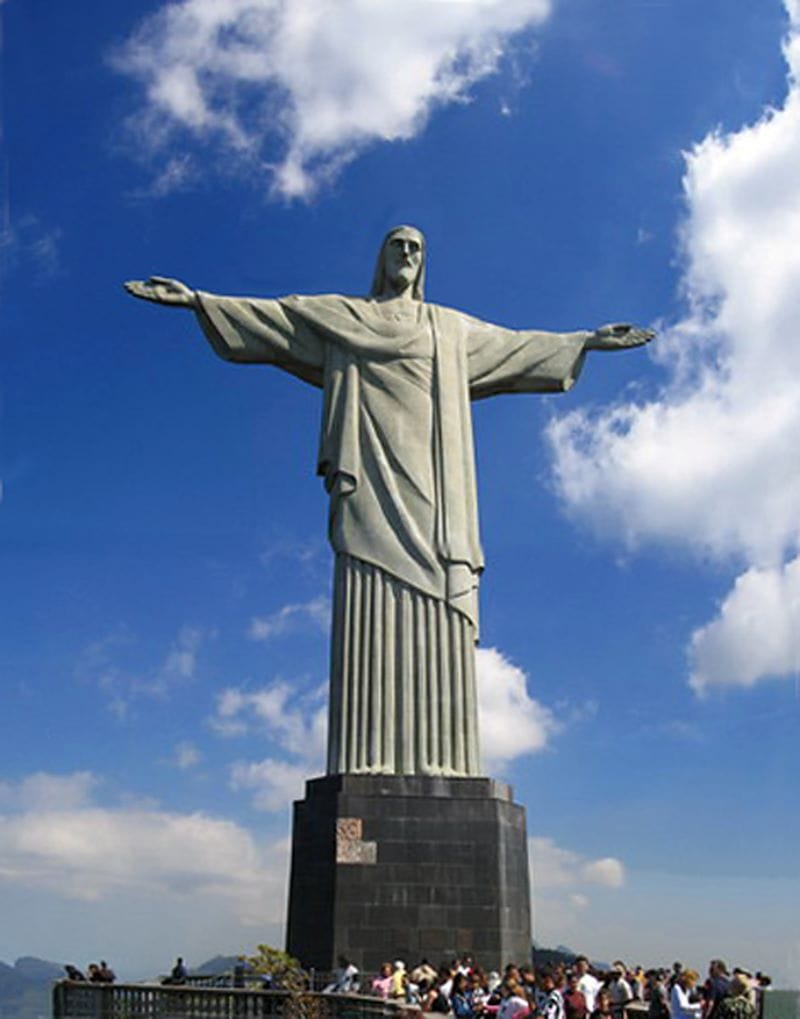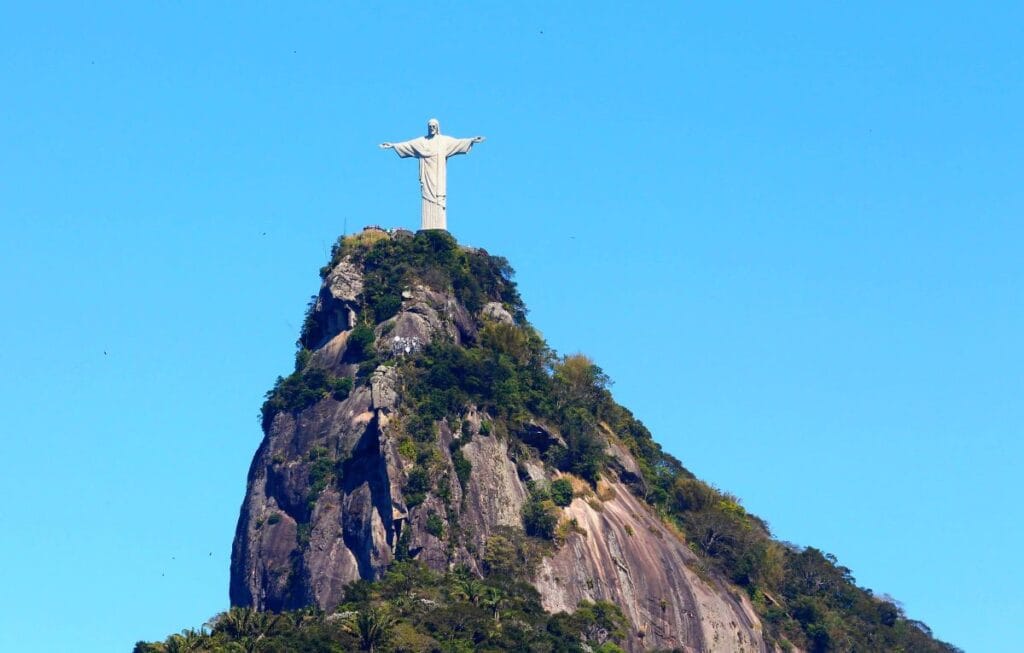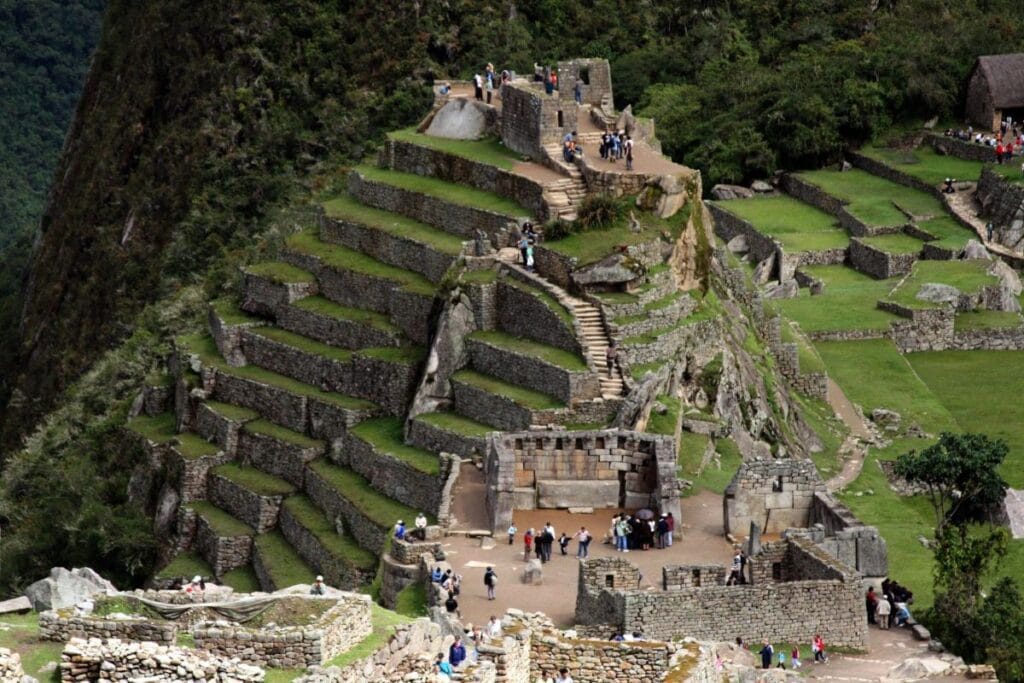Have you ever dreamt of traveling to that tell stories of ancient civilizations, stunning architectural feats, and breathtaking views? The Seven Wonders of the World, each with its tale, do just that. These marvels, scattered across continents, invite millions of famous landmarks of tourists every year. But what is it about these top tourist destinations that fascinate people worldwide? Let’s begin a journey to understand the ‘who,’ ‘where,’ ‘why,’ and ‘how’ behind these awe-inspiring monuments, and why they should be on every traveler’s bucket list.

1. Great Wall of China – The Longest Wall Ever Built
Where: China
Who Built It: Various Chinese dynasties, especially the Ming Dynasty.
When: The wall’s construction began in the 7th century BC, but much of what stands today was built during the Ming Dynasty (1368-1644).
Why: The Great Wall was initially built to protect Chinese states from invasions, particularly by nomadic groups from the north like the Mongols.

This ancient defense mechanism stretches over 13,000 miles, snaking through deserts, mountains, and plateaus. Standing atop the Great Wall of China offers a breathtaking panoramic view of the surrounding landscape. Beyond its historical significance, walking along this colossal structure is like stepping into the past. The Great Wall continues to captivate tourists, who are drawn by the beauty of the landscape and the idea of walking on something so intricately tied to human history.
2. Petra – The Rose City of Jordan
Where: Jordan
Who Built It: The Nabataeans, an ancient Arab civilization.
When: Established in the 4th century BC.
Why: Petra served as a hub for trade routes connecting the East and the West, making it a wealthy city at its peak.

Carved into pink-hued sandstone cliffs, Petra mesmerizes visitors with its intricate rock-cut architecture, including the famous Treasury. Tourists can wander through the ancient city and imagine life centuries ago. Its combination of natural beauty and human ingenuity makes it a must-see. The lost city of Petra was rediscovered in 1812, and its mystery and splendor have only grown since. Its historical significance lies in its role as a trading center and its unique blend of Eastern and Hellenistic architectural styles.
3. Christ the Redeemer – The Icon of Rio
Where: Rio de Janeiro, Brazil
Who Built It: Designed by French sculptor Paul Landowski, and built by Brazilian engineer Heitor da Silva Costa.
When: Completed in 1931.
Why: To symbolize peace and a welcoming embrace for all, representing the warmth and openness of Brazil.

Perched atop the Corcovado Mountain, Christ the Redeemer towers 98 feet tall with outstretched arms. The statue has become a symbol of not just Rio de Janeiro, but of hope and unity. Its location offers tourists a jaw-dropping view of the city below. For many, visiting this landmark is a spiritual experience, while others come for the sheer beauty of its artistry. Christ the Redeemer stands as a modern wonder with historical value rooted in Brazil’s Christian faith and cultural identity.
4. Machu Picchu – The Lost City of the Incas
Where: Peru
Who Built It: The Inca civilization.
When: 15th century.
Why: Built as an estate for the Incan emperor Pachacuti.

Set high in the Andes Mountains, Machu Picchu was rediscovered in 1911 by Hiram Bingham and has since become one of the most visited tourist destinations in the world. Its precise stonework, agricultural terraces, and temples evoke awe. This ancient city is believed to have been a ceremonial site, but much about it remains shrouded in mystery. For tourists, visiting Machu Picchu is like stepping back in time to witness the grandeur of an ancient civilization. Its historical significance lies in its advanced engineering and the insight it provides into Incan culture.
5. Chichen Itza – The Maya Marvel
Where: Mexico
Who Built It: The Maya civilization.
When: Around 600 AD.
Why: Served as the Maya civilization’s major political and economic center.

Chichen Itza is famed for its massive pyramid, El Castillo, which dominates the site. The pyramid’s design reflects a deep understanding of astronomy, as it was built to cast a serpent-shaped shadow during the equinox. Tourists are drawn not only by its majestic appearance but also by its mysterious history, as scholars are still unraveling the secrets of this ancient city. Chichen Itza is a reminder of the Maya’s remarkable architectural and astronomical achievements, making it a wonder worth visiting.
6. The Colosseum – Rome’s Eternal Symbol
Where: Rome, Italy.
Who Built It: Emperor Vespasian and completed by his son Titus.
When: 70-80 AD.
Why: Built to host gladiator contests, public spectacles, and other forms of entertainment.

The Colosseum stands as a testament to the grandeur of the Roman Empire. With a seating capacity of over 50,000, it was the epicenter of entertainment in ancient Rome. Today, tourists are fascinated by its history, imagining the gladiatorial battles that once took place in its arena. The Colosseum’s architecture continues to influence modern stadium designs. This structure embodies the engineering prowess and societal culture of ancient Rome, making it an essential visit for history enthusiasts.
7. Taj Mahal – The Eternal Symbol of Love
Where: Agra, India.
Who Built It: Mughal Emperor Shah Jahan.
When: Completed in 1648.
Why: Built as a mausoleum for Shah Jahan’s wife, Mumtaz Mahal, to honor her memory.

The Taj Mahal’s pristine white marble, reflecting the changing light throughout the day, has made it one of the most iconic buildings in the world. It’s not just the beauty of the structure that captivates visitors, but also the love story behind it. Tourists worldwide flock to the Taj Mahal to witness this stunning piece of Mughal architecture. It is a symbol of eternal love, with historical significance tied to the Mughal Empire’s cultural and architectural influence.
Why You Should Visit the Seven Wonders
Each of these Seven Wonders offers a unique experience, from the massive scale of the Great Wall of China to the intricate beauty of the Taj Mahal. Visiting these top historical sites connects us with the past and offers a glimpse into the incredible feats of ancient civilizations. Whether you’re drawn by history, architecture, or just the sheer beauty of these sites, they provide experiences that are unmatched anywhere in the world.
So, pack your bags and start your journey! The Seven Wonders of the World await you, promising awe, inspiration, and a deeper connection to the world we live in.
Looking for more incredible travel experiences? Check out our collection of travel blogs, where we explore everything from adventure getaways to cultural landmarks across the globe!
What Are the Top 5, Must-Visit Attractions of Canada?
Bali Travel Guide: Your Ultimate Guide to Explore Indonesia


Leave a Reply